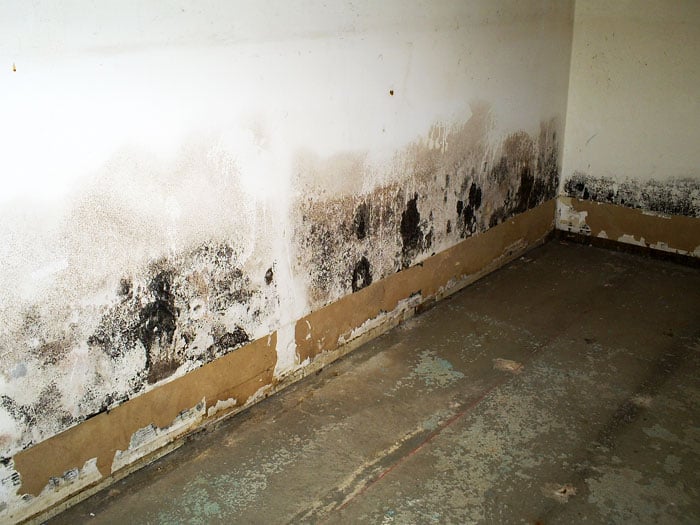Do's & Don'ts of Water Restoration.
Do's & Don'ts of Water Restoration.
Blog Article
Everybody may have their unique rationale on the subject of How To Prevent Fire And Water From Ruining Your Holiday Season.

Water provides life, water breach on components where it's not supposed to be can result in damage. If the water soaks into your framework, it can peel away surface areas as well as deteriorate the structure. Mold as well as mildew likewise prosper in a wet setting, which can be unsafe for your health. Homes with water damage smell old as well as moldy.
Water can come from several resources such as typhoons, floods, ruptured pipelines, leaks, and sewer issues. In case you experience water damages, it would certainly be great to know some safety preventative measures. Below are a few standards on exactly how to take care of water damage.
Do Prioritize Home Insurance Insurance Coverage
Water damage from flood as a result of hefty winds is seasonal. You can also experience an abrupt flood when a faulty pipeline all of a sudden breaks into your house. It would be best to have residence insurance coverage that covers both acts of God such as all-natural calamities, and also emergencies like busted plumbing.
Don't Neglect to Shut Off Utilities
In case of a disaster, specifically if you live in a flood-prone area, it would certainly be advisable to shut off the major electrical circuit. This removes power to your whole home, stopping electric shocks when water can be found in as it is a conductor. Don't fail to remember to transform off the primary water line shutoff. When floodwaters are high, furniture will certainly walk around and create damage. Having the primary shutoff shut off avoids more damages.
Do Remain Proactive and also Heed Weather Notifies
Pay attention to discharge warnings if you live near a creek, lake, or river . Doing so reduces possible building damage.
Do Not Neglect the Roof
Prior to the weather condition turns frightful, ensure you have a roof assessment. As a matter of fact, it would be prudent to receive this service each year as it can alleviate complicated issues. You can stay clear of rain damage if there are no openings as well as leaks in your roof covering. Your contractor will additionally deal with defective seamless gutters or any other indications of weakening. This will certainly stop water from flowing down your wall surfaces and also soaking your ceiling.
Do Take Notice Of Small Leaks
A ruptured pipe doesn't occur overnight. You may see gurgling paint, peeling off wallpaper, water streaks, water spots, or dripping sounds behind the wall surfaces. Have your plumbing repaired before it results in enormous damages.
Don't Panic in Case of a Ruptured Pipe
Maintaining your presence of mind is important in a time of dilemma. Because it will certainly stifle you from acting fast, panicking will just worsen the trouble. When it comes to water damage, timing is key. The longer you wait, the even more damages you can expect. Thus, if a pipe bursts in your house, right away turned off your primary water valve to cut off the source. Then disconnect all electric outlets in the location or shut off the breaker for that part of your home. Call a respectable water damage remediation professional for aid.
Water offers life, water invasion on parts where it's not intended to be can result in damage. Homes with water damages smell old and also mildewy.
Water damage from flooding fees to hefty winds is seasonal. You may notice gurgling paint, peeling wallpaper, water touches, water stains, or trickling sounds behind the wall surfaces. When it comes to water damage, timing is vital.
Some Do's & Don't When Dealing with a Water Damage
DO:
Make sure the water source has been eliminated. Contact a plumber if needed. Turn off circuit breakers supplying electricity to wet areas and unplug any electronics that are on wet carpet or surfaces Remove small furniture items Remove as much excess water as possible by mopping or blotting; Use WHITE towels to blot wet carpeting Wipe water from wooden furniture after removing anything on it Remove and prop up wet upholstery cushions for even drying (check for any bleeding) Pin up curtains or furniture skirts if needed Place aluminum foil, saucers or wood blocks between furniture legs and wet carpet Turn on air conditioning for maximum drying in winter and open windows in the summer Open any drawers and cabinets affected for complete drying but do not force them open Remove any valuable art objects or paintings to a safe, dry place Open any suitcases or luggage that may have been affected to dry, preferably in sunlight Hang any fur or leather goods to dry at room temperature Punch small holes in sagging ceilings to relieve trapped water (don't forget to place pans beneath!); however, if the ceiling is sagging extremely low, stay out of the room and we'll take care of it DO NOT:
Leave wet fabrics in place; dry them as soon as possible Leave books, magazines or any other colored items on wet carpets or floor Use your household vacuum to remove water Use TV's or other electronics/appliances while standing on wet carpets or floors; especially not on wet concrete floors Turn on ceiling fixtures if the ceiling is wet Turn your heat up, unless instructed otherwise

As an enthusiastic person who reads on Preventing Fires and Water Damage In Your Home, I assumed sharing that piece of content was important. Sharing is caring. One never knows, you may very well be helping someone out. Thank you so much for your time invested reading it.
Report this page